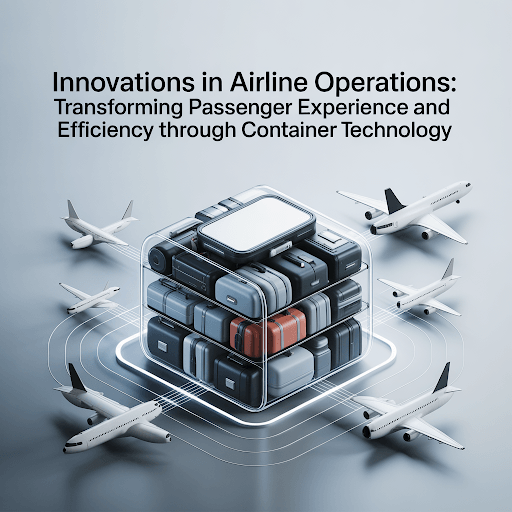
In the modern digital era, Sanketh Nelavellian independent researcher, explores the transformative impact of cloud-native container technologies on airline operations. His study reveals how a major airline leveraged Amazon Web Services’ container platforms to overcome operational challenges, enhance customer experiences, and achieve significant cost savings.
Rethinking Aviation’s Digital Backbone
For years, the aviation industry has grappled with complex technological systems that strain under the weight of millions of daily transactions and global operations. Legacy infrastructure, long considered the backbone of these networks, increasingly falls short, especially during high-demand travel periods. Addressing these pain points, his research sheds light on how cloud-native container technologies are reshaping the digital landscape for airlines, resulting in tangible operational resilience and superior customer experiences.
The Container Revolution: Microservices at the Core
The shift to container orchestration with AWS ECS, Fargate, and EKS enabled airlines to break down monolithic systems into agile microservices, reducing service size by over 90% and achieving fully automated provisioning with 92% fewer configuration errors. Over 14 months, 94 apps reached 99.99% availability, handling 4.7 million daily API requests at 78 ms response times.
Elasticity and Cost Savings in Action
Containerization’s hallmark is elasticity. During severe weather events, when up to 20% of flights can be affected, container-based applications can automatically scale from 75 to 225 instances within minutes. This not only guarantees seamless customer self-service for over 100,000 users but also reduces call center volumes by nearly half, demonstrating cost and operational efficiency hand-in-hand.
Resource optimization has been equally profound. Physical server requirements were slashed by over 60%, and maintenance windows shrank by almost 99%. Infrastructure management hours dropped by 3,200 per quarter, while infrastructure costs declined by up to 31%, even as system capabilities expanded.
Enhancing Customer Experience During Disruptions
A major innovation highlighted in his study is the transformation of legacy mobile application infrastructure to a robust cloud-based platform, significantly enhancing the efficiency of deploying new features and enabling advanced solutions for managing travel disruptions, such as instant rebooking, digital vouchers, and hotel booking empower passengers during delays and cancellations, which previously triggered significant customer dissatisfaction. As a result, customer satisfaction scores during disruptions jumped by 13%, and Net Promoter Scores improved by more than 15 points a direct response to the growing demand for digital responsiveness during irregular operations.
Tackling Technical Hurdles with Ingenuity
Adopting container technologies brought significant challenges, particularly in migrating stateful legacy applications with terabytes of critical data while maintaining a 99.997% accuracy rate. Innovative data solutions, enhanced monitoring that cuts anomaly detection to under five minutes, and robust observability transformed operations. Security was strengthened with multi-layered defenses, blocking over 97% of threats. Seamless integration with legacy systems was achieved through adaptive interfaces and resilient, event-driven frameworks for reliable interoperability.
Broader Industry Implications: Innovation, Sustainability, and Beyond
Containerization’s impact extends beyond operations, driving significant industry-wide innovation and sustainability. Airlines adopting these technologies can reassign nearly 25% of their IT staff from infrastructure management to customer-focused initiatives, speeding up the launch of new digital features by over three times. This shift cultivates a culture of ongoing innovation and agility. On the sustainability front, containerized workloads use 43% less energy, helping major airlines cut approximately 12,700 metric tons of CO₂ emissions annually. Thus, containerization advances both technology and environmental responsibility in aviation.
In conclusion, Sanketh Nelavelli‘s work demonstrates that containerization is more than a technological upgrade it’s a strategic imperative for modern airlines. By balancing cost efficiency, resilience, and customer experience, this approach provides a robust foundation for continuous improvement and innovation. As digital transformation becomes a defining factor in aviation competitiveness, the frameworks described here will guide airlines in navigating an increasingly complex, customer-centric, and sustainable future.